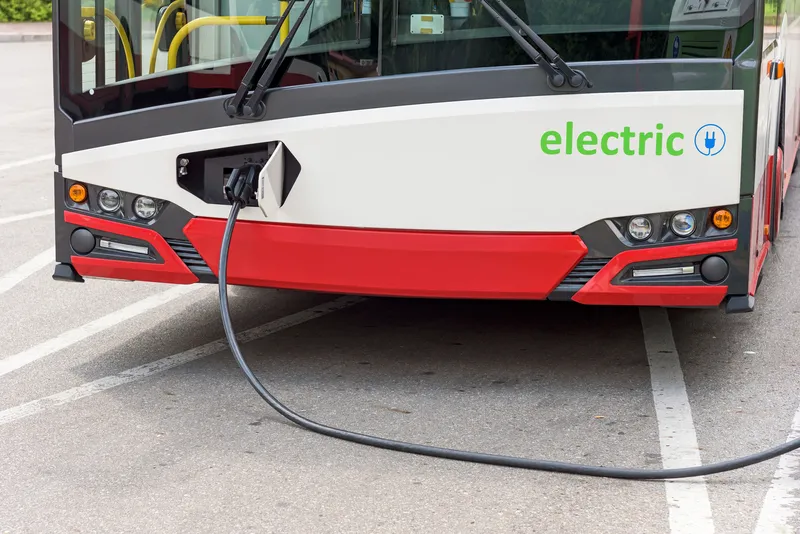The US state of California has announced a statewide US$120 million battery electric vehicle (BEV) charging station network to supply 10,000 retrofitted charging systems at areas such as individual offices and homes, along with at least 200 public charging stations. Under the scheme, announced by Governor Jerry Brown, all major California cities are to have the charging infrastructure to be BEV-ready by 2015 with the state having a charging infrastructure that can support one million zero-emission vehicles
March 27, 2012
Read time: 1 min
RSSThe US state of California has announced a statewide US$120 million battery electric vehicle (BEV) charging station network to supply 10,000 retrofitted charging systems at areas such as individual offices and homes, along with at least 200 public charging stations.
Under the scheme, announced by Governor Jerry Brown, all major California cities are to have the charging infrastructure to be BEV-ready by 2015 with the state having a charging infrastructure that can support one million zero-emission vehicles by 2020. By 2025, California aims to have deployed 1.5 million zero-emission vehicles (ZEV) and, by 2050, personal transportation in the state is to be essentially all-ZEV so that greenhouse gas emissions from the state’s transportation sector are 80 per cent below 1990 levels.
Under the scheme, announced by Governor Jerry Brown, all major California cities are to have the charging infrastructure to be BEV-ready by 2015 with the state having a charging infrastructure that can support one million zero-emission vehicles by 2020. By 2025, California aims to have deployed 1.5 million zero-emission vehicles (ZEV) and, by 2050, personal transportation in the state is to be essentially all-ZEV so that greenhouse gas emissions from the state’s transportation sector are 80 per cent below 1990 levels.










